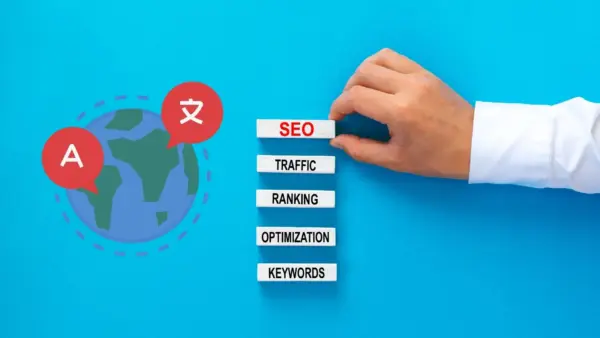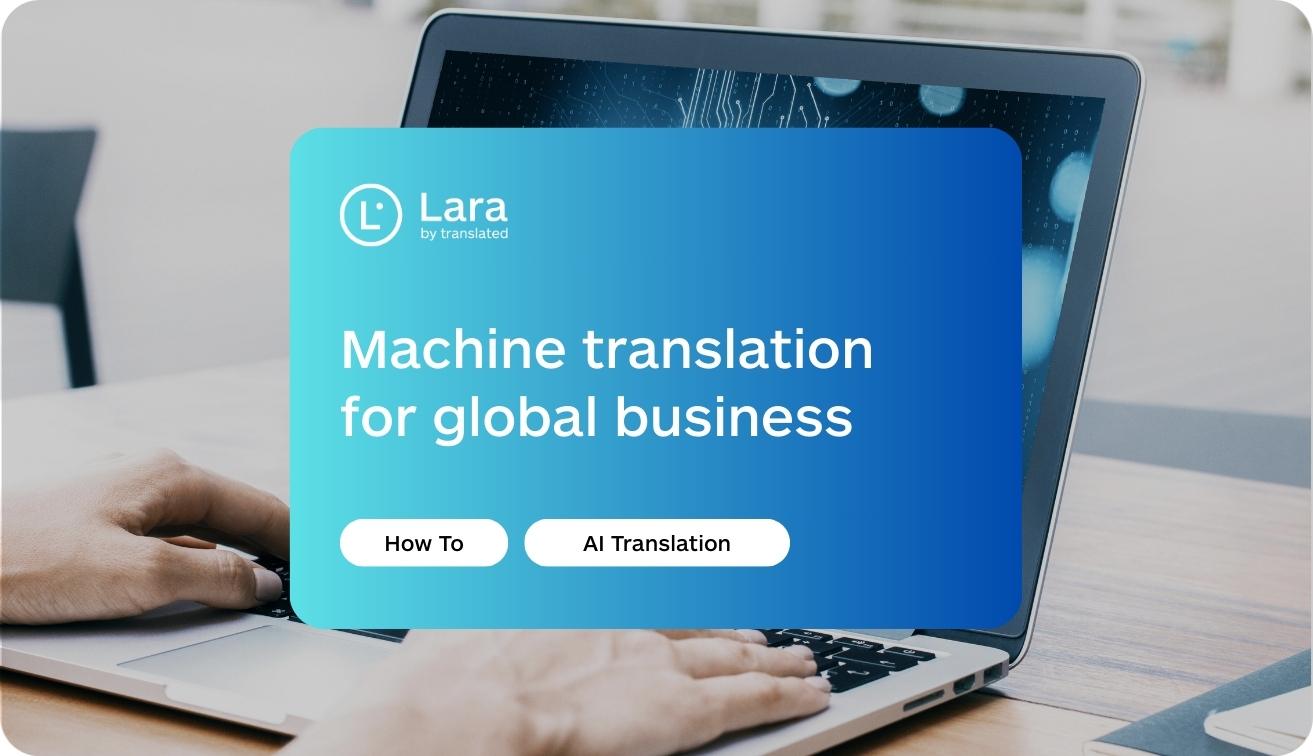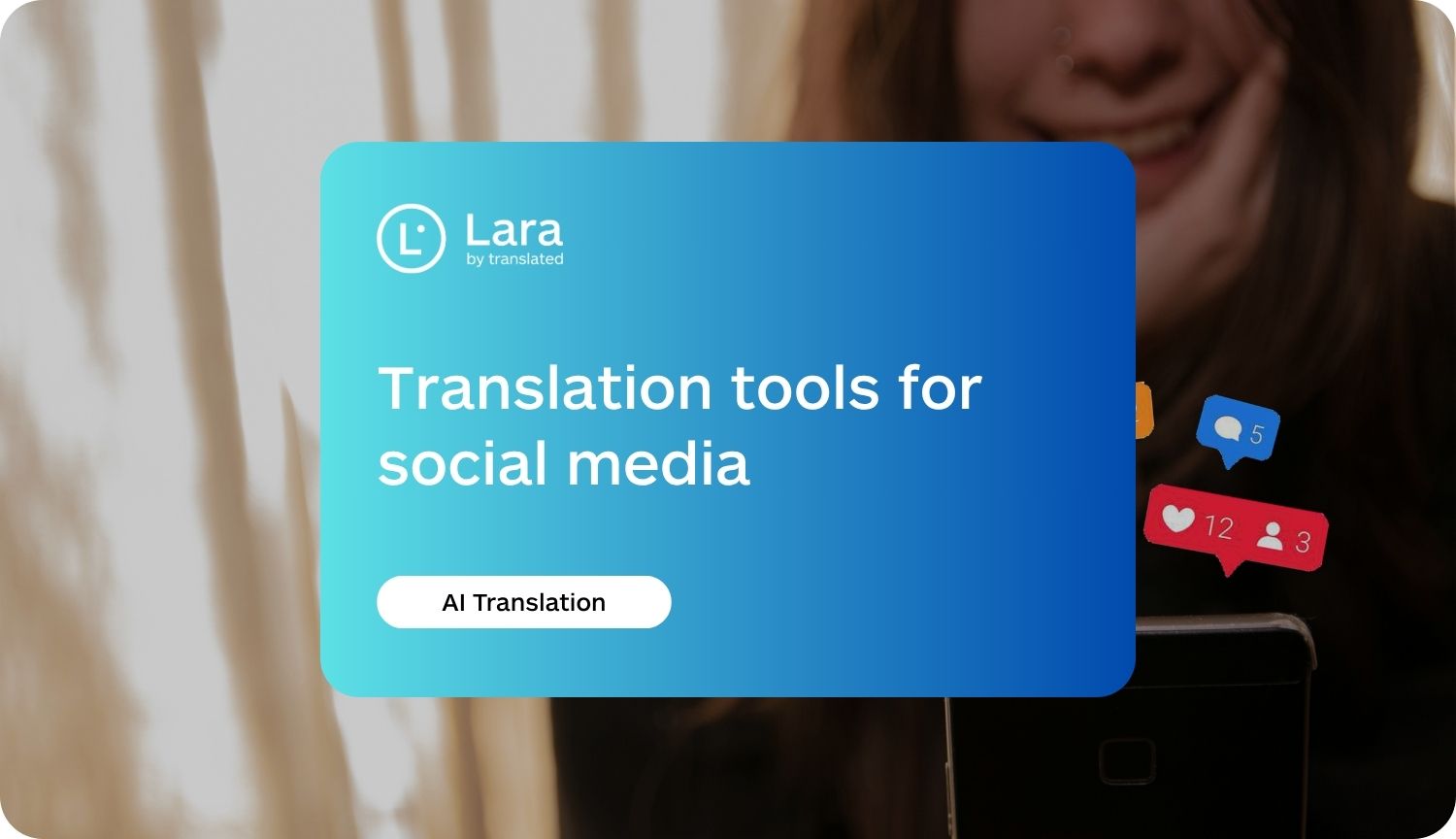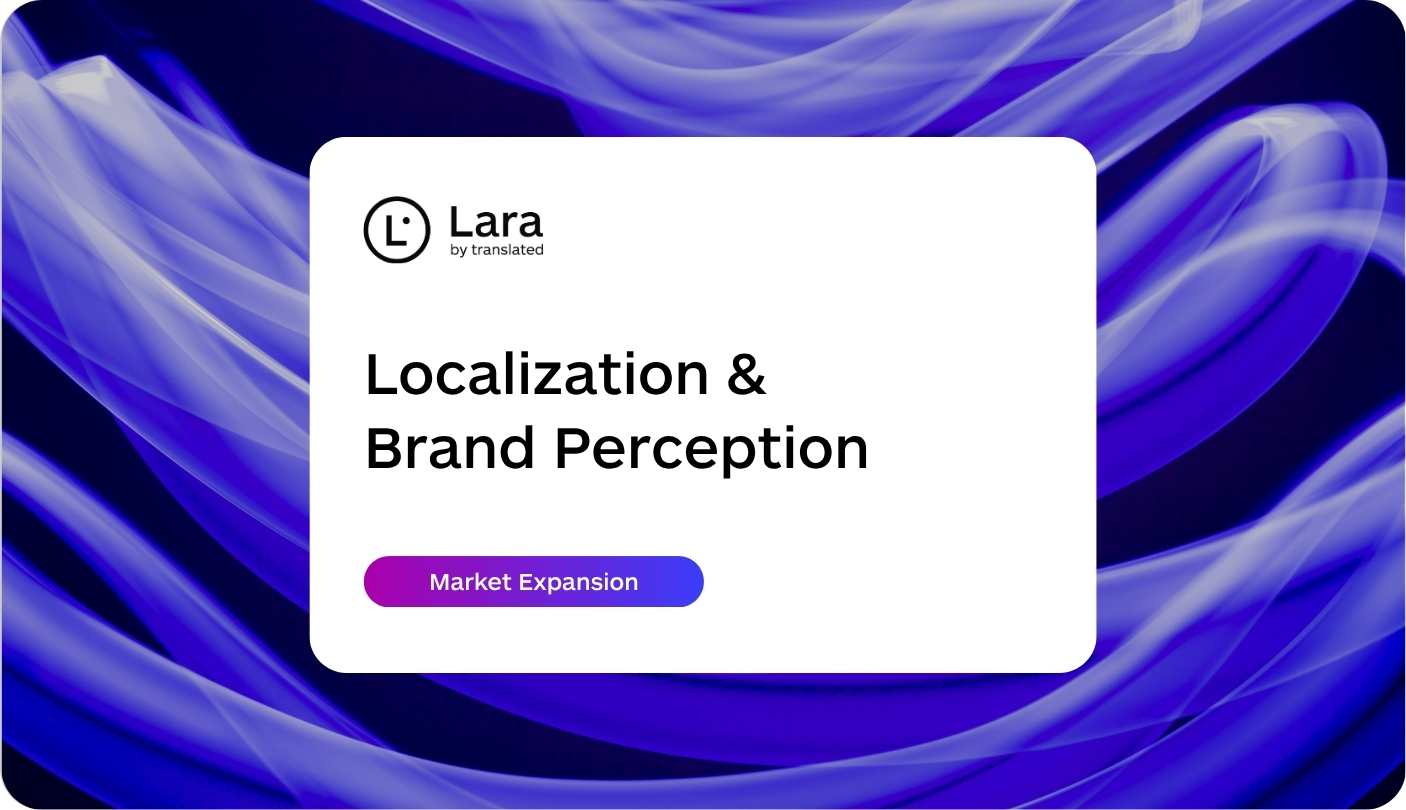In today’s global digital landscape, translated content has become essential for businesses looking to expand their reach beyond English-speaking markets. However, simply translating your website isn’t enough—you need to implement multilingual SEO strategies (or translated content for SEO) to ensure your content is discoverable by international audiences. According to Internet World Stats, less than 27% of web users speak English, while over 50% of Google searches are in other languages, highlighting the immense opportunity for brands that effectively optimize translated content for search.
Why multilingual SEO matters more than ever
The internet has truly become a global hub where language-specific search intent has significant implications for businesses. For example, between 2000 and 2011, the number of Arabic internet users increased by an astonishing 2501.2%, compared to just 301.4% for English users. This trend has only accelerated in recent years, creating vast opportunities in multilingual SEO for forward-thinking companies.

If your website is available in only one language, you’re missing out on connecting with potential customers across the world. Implementing proper SEO for localized websites isn’t just about expanding reach—it’s about staying competitive in a market where your rivals have likely already translated and optimized their sites.
Essential multilingual SEO strategies for global success
Creating an effective international SEO approach requires careful planning and execution. Here are key strategies to ensure your translated content performs well across different markets:
Understanding cultural and linguistic nuances
When developing the best keywords for translated content, it’s crucial to recognize that direct translation of English keywords often fails to capture how people actually search in other languages. Every language has its unique approach to communication, including phrases, cultural references, and colloquialisms.

For instance, a Spanish person might search “aprende a bailar salsa” instead of the direct translation of “how to learn salsa dancing.” A keyword that gets 10,000 monthly searches in English might have an equivalent in Spanish that gets 2,000 searches. By properly optimizing for both, you could increase your traffic by 20% from just one additional language.
Implementing proper URL structure for international audiences
One of the most critical technical aspects of SEO for localized websites is how you structure your URLs. Google recommends three main approaches:
- Country-specific domains (example.fr, example.de)
- Subdirectories (example.com/fr/, example.com/de/)
- Subdomains (fr.example.com, de.example.com)
Each approach has its advantages, but subdirectories often provide the best balance of SEO benefits while simplifying site management. This structure helps search engines understand the relationship between your different language versions while maintaining the domain authority of your main site.
How hreflang impacts translated SEO
The hreflang attribute is perhaps the single most important technical element for international SEO. This HTML tag tells search engines which language and geographical region a specific page is intended for, preventing duplicate content issues and ensuring the right version appears in search results for the right users.
Implementing hreflang incorrectly is one of the common SEO issues in translation that can significantly impact your search visibility in other languages. Always ensure you include a self-referencing hreflang tag and that all language versions reference each other correctly.
How to translate content for SEO effectively
Creating SEO-friendly translated content requires more than just linguistic accuracy—it demands a strategic approach focused on search visibility in other languages. Here’s a comprehensive process to follow:
Research before you translate
Before diving into translation, invest time in thorough keyword research for each target market. Different cultures may use entirely different search terms to find your products or services. For example, in the healthcare industry, the Spanish word for “flu” could be “gripe” in some countries and “gripa” in others, while medical institutions might use scientific terminology.

Additionally, multilingual audiences often mix languages in their searches. For instance, financial terms like “mortgage” might be included in otherwise Spanish searches: “¿Cómo puedo pagar mi mortgage?” Understanding these patterns is crucial for developing effective localized keywords.
Balancing human expertise with technology
While machine translation has advanced dramatically, human expertise remains relevant for SEO-optimized content. Lara Translate offers an ideal solution by combining cutting-edge AI translation technology with the cultural and contextual understanding necessary for effective translation for organic search.
Lara Translate’s advanced Model Context Protocol (MCP) technology allows for precise translation that preserves not just the meaning of your content but also its SEO value. By understanding the contextual nuances of both source and target languages, Lara ensures that your translated content maintains its search optimization while feeling natural to native speakers. This balance is crucial for building credibility with both search engines and users in target markets.
Optimizing meta elements across languages
One frequently overlooked aspect of multilingual SEO involves the translation and optimization of metadata:
- Title tags: Keep these between 50-60 characters, incorporating primary keywords for each language
- Meta descriptions: Aim for 150-160 characters while maintaining persuasive, keyword-rich content
- URL slugs: Translate these to include target keywords while keeping them concise and readable
- Image alt text: Adapt these for each language, using relevant localized keywords
Remember that meta elements should be culturally adapted, not just linguistically translated, to maximize click-through rates from search results pages.
SEO content translation checklist for global websites
Use this comprehensive checklist to ensure you’ve covered all essential aspects of translated content SEO best practices:
✓ Conducted thorough keyword research in target languages
✓ Implemented proper URL structure (subdirectories, subdomains, or ccTLDs)
✓ Added correct hreflang tags to all versions of your content
✓ Translated and optimized all metadata (titles, descriptions, alt text)
✓ Created a multilingual XML sitemap
✓ Adapted content for cultural relevance in target markets
✓ Ensured proper handling of dates, currencies, and measurement units
✓ Modified layouts for right-to-left languages where needed
✓ Implemented proper Unicode/UTF-8 encoding for all character sets
✓ Set up local hosting or CDNs for improved loading speeds in target regions
✓ Established a process for monitoring and updating translated content
✓ Created a strategy for building local backlinks in target markets
Common SEO issues in content translation and how to avoid them
Even experienced marketers can encounter challenges when optimizing translated content. Here are some frequently encountered issues and their solutions:
Direct keyword translation fallacy
Directly translating keywords without research is perhaps the most common mistake. For example, a website selling “winter coats” might translate this term literally into Spanish as “abrigos de invierno,” but Spanish speakers might actually search for “chaquetas para el frío” or regional variations.
Solution: Always research native search habits rather than assuming direct translations will perform well.
Ignoring cultural search behaviors
Different cultures have different search behaviors and preferences. In some markets, voice search might be more prevalent, while in others, mobile search dominates.
Solution: Study user behavior reports for each target market and adapt your strategy accordingly.
Technical implementation errors
Improper hreflang implementation, incorrect character encoding, or URL structure issues can severely impact performance.
Solution: Use tools like Google Search Console’s International Targeting report to identify and fix these issues.
Neglecting local link building
Many companies focus exclusively on on-page factors while ignoring the importance of acquiring links from local websites in target markets.
Solution: Develop market-specific outreach strategies to build relationships with local publishers and industry sites.
Measuring success: Key metrics for international SEO
To truly understand how well your multilingual SEO strategies are performing, monitor these key metrics for each language version:
- Organic traffic by language/country: Track how many visitors you’re attracting from each target market
- Keyword rankings in local search engines: Monitor position changes for your primary keywords in each language
- Conversion rates by language: Measure how effectively your translated content converts visitors into customers
- Bounce rates: Compare how engaging your content is across different language versions
- Page load times in target regions: Assess technical performance factors that could impact user experience and rankings
Regular analysis of these metrics will help you identify opportunities for improvement and demonstrate the ROI of your international SEO efforts.
Future opportunities in multilingual SEO
As search technologies evolve, new opportunities in multilingual SEO continue to emerge. Here are some developing trends to watch:
Voice search optimization across languages
Voice search queries typically differ significantly from typed searches and vary even more across languages. Optimizing for conversational, question-based queries in multiple languages represents a significant opportunity as voice search adoption grows globally.
AI-powered content adaptation
Advanced AI technologies like Model Context Protocol are making it possible to not just translate content but to adapt it contextually for different markets. This allows for more natural, culturally relevant content that resonates better with local audiences while maintaining SEO benefits.
Local social signals and SEO
In many international markets, social platforms have a stronger influence on search behavior than in English-speaking countries. Integrating social strategies with your SEO efforts can create powerful synergies, especially in markets like China, Russia, and parts of Latin America.
Conclusion
Implementing effective multilingual SEO strategies (or translated content SEO) is no longer optional for businesses with global ambitions. By properly optimizing your translated content for search, you can dramatically increase your visibility and connect with international audiences on their terms.
Remember that successful international SEO requires ongoing attention and adaptation. Search behaviors evolve, algorithms change, and new competitors emerge in every market. Regular reviews and updates of your multilingual content and SEO tactics will ensure you maintain and improve your global search presence over time.
For businesses looking to simplify this complex process, tools like Lara Translate’s MCP Server offer sophisticated solutions that balance technical excellence with cultural sensitivity, helping you achieve and maintain strong international search visibility.
FAQ: SEO for Translated Content
How do I find the right keywords in other languages?
Start with native keyword research tools or local SEO experts. Don’t translate English keywords directly—research how people actually search in each target market.
What is the best URL structure for multilingual SEO?
Subdirectories (e.g. example.com/fr/) are often the best balance between SEO value and ease of implementation. They help maintain domain authority and organize content clearly.
What does the hreflang tag do?
Hreflang tags tell search engines which version of your content is intended for which language and region. This avoids duplicate content issues and improves visibility in local SERPs.
Should meta tags be translated too?
Yes. Translate and localize title tags, meta descriptions, image alt text, and URL slugs. Localized metadata improves both SEO performance and click-through rates from search engines.
How can I measure the success of multilingual SEO?
Track organic traffic, keyword rankings, conversion rates, and bounce rates per language version. Tools like Google Search Console and localized analytics dashboards are essential.
This article is about:
- Best practices and strategies for translated content SEO to reach and convert global audiences
- Technical foundations for optimizing localized websites, including URL structure and hreflang tags
- How to use localized keywords effectively to align with search intent in different languages
- Key opportunities and challenges in translated content SEO for businesses expanding internationally





